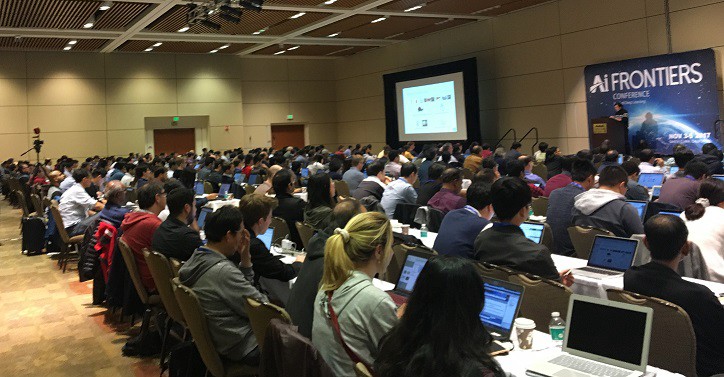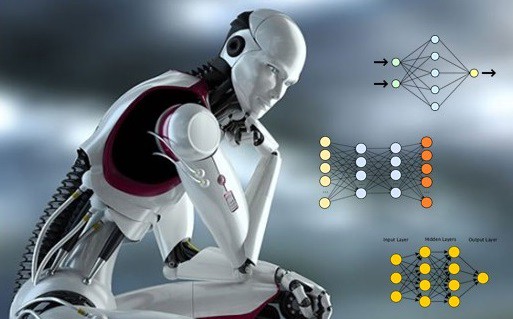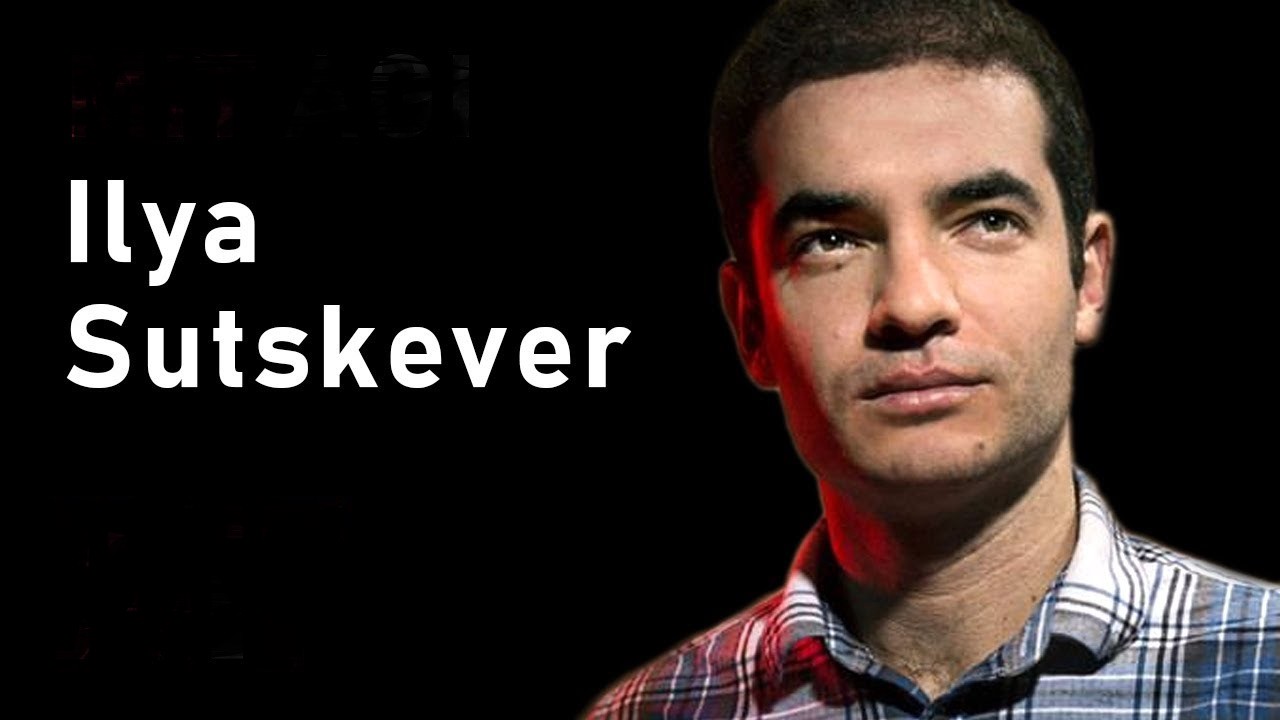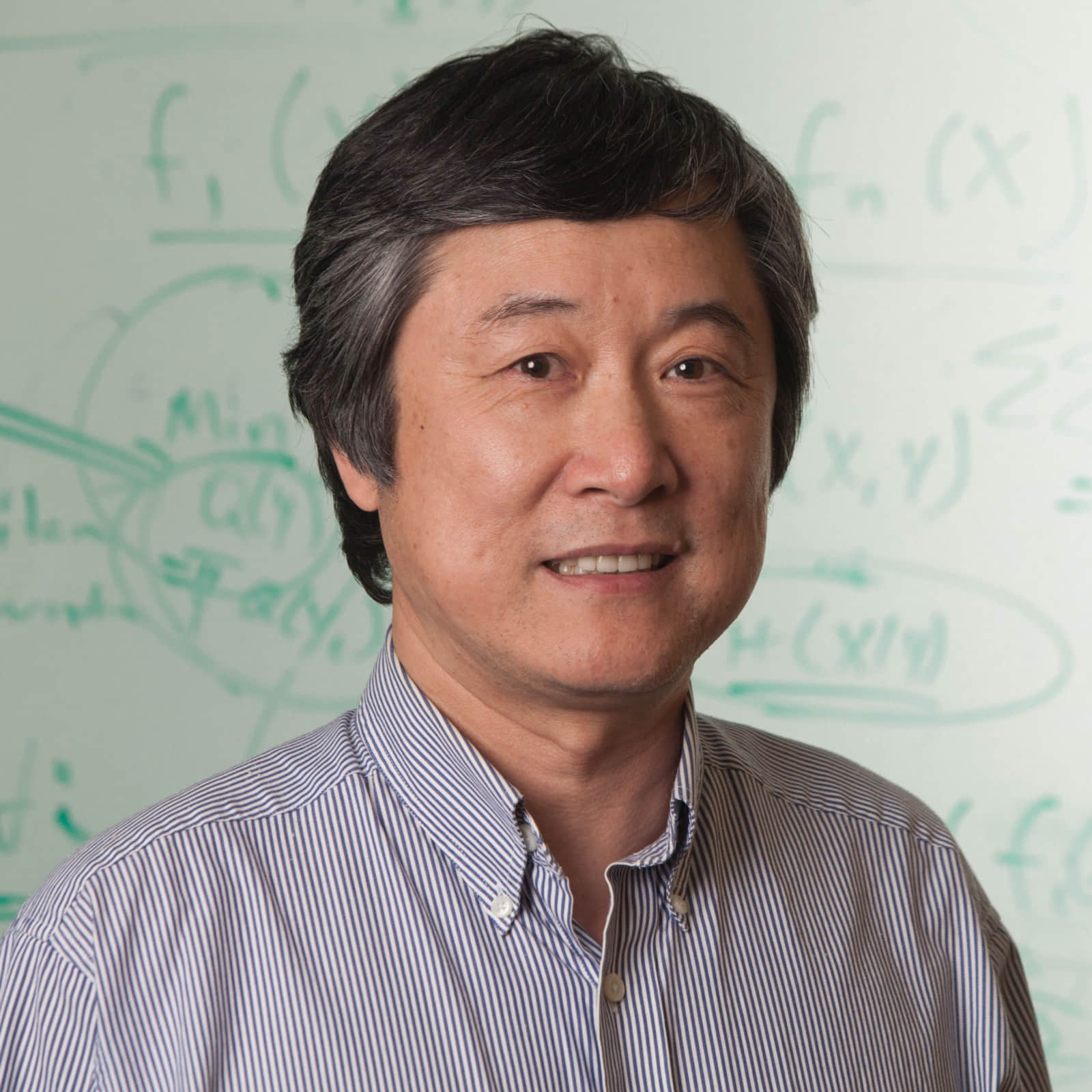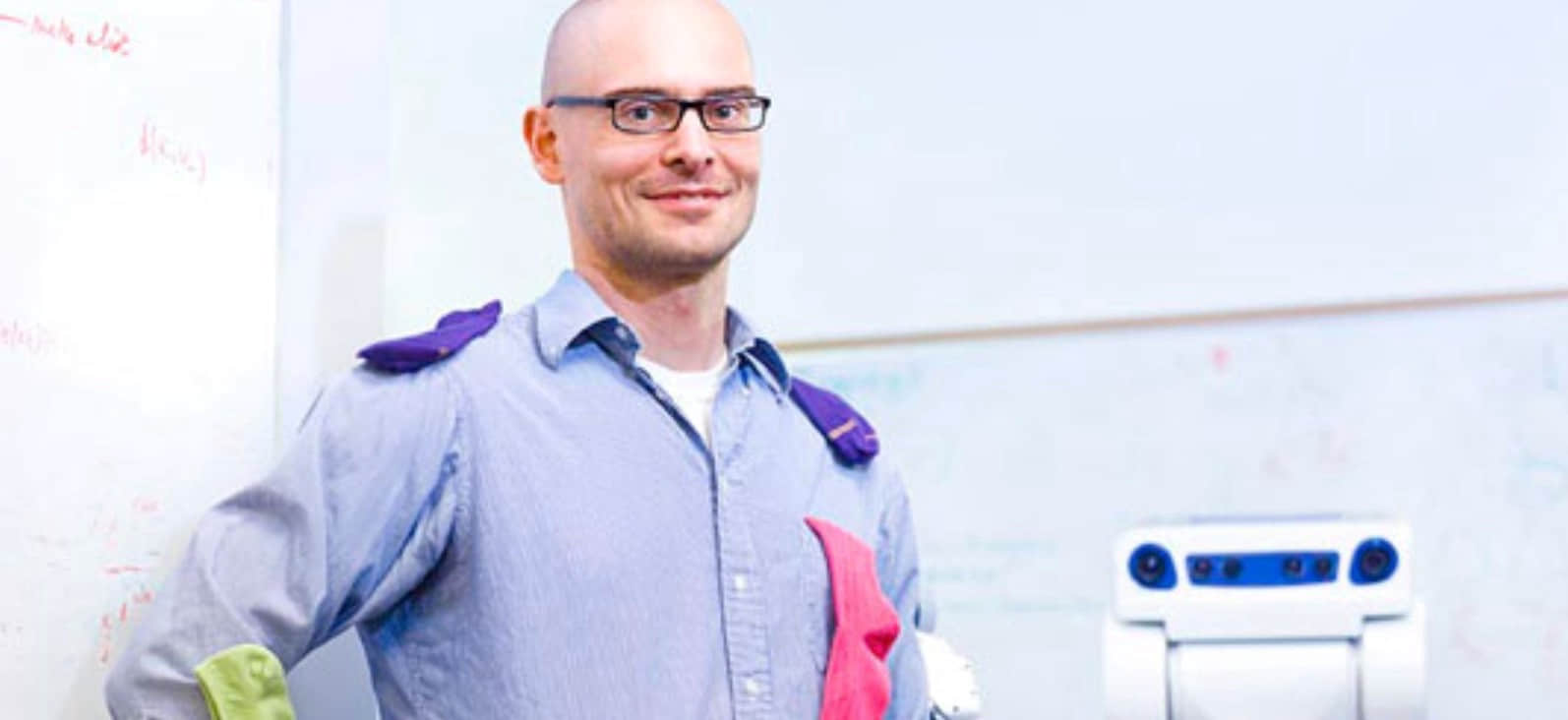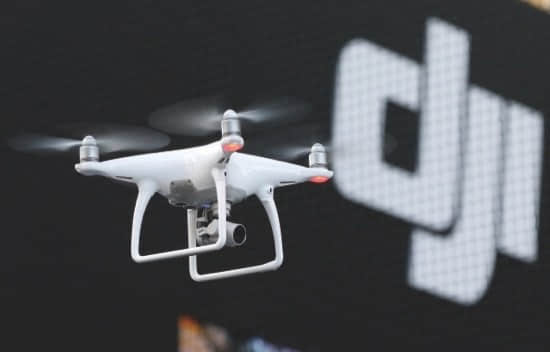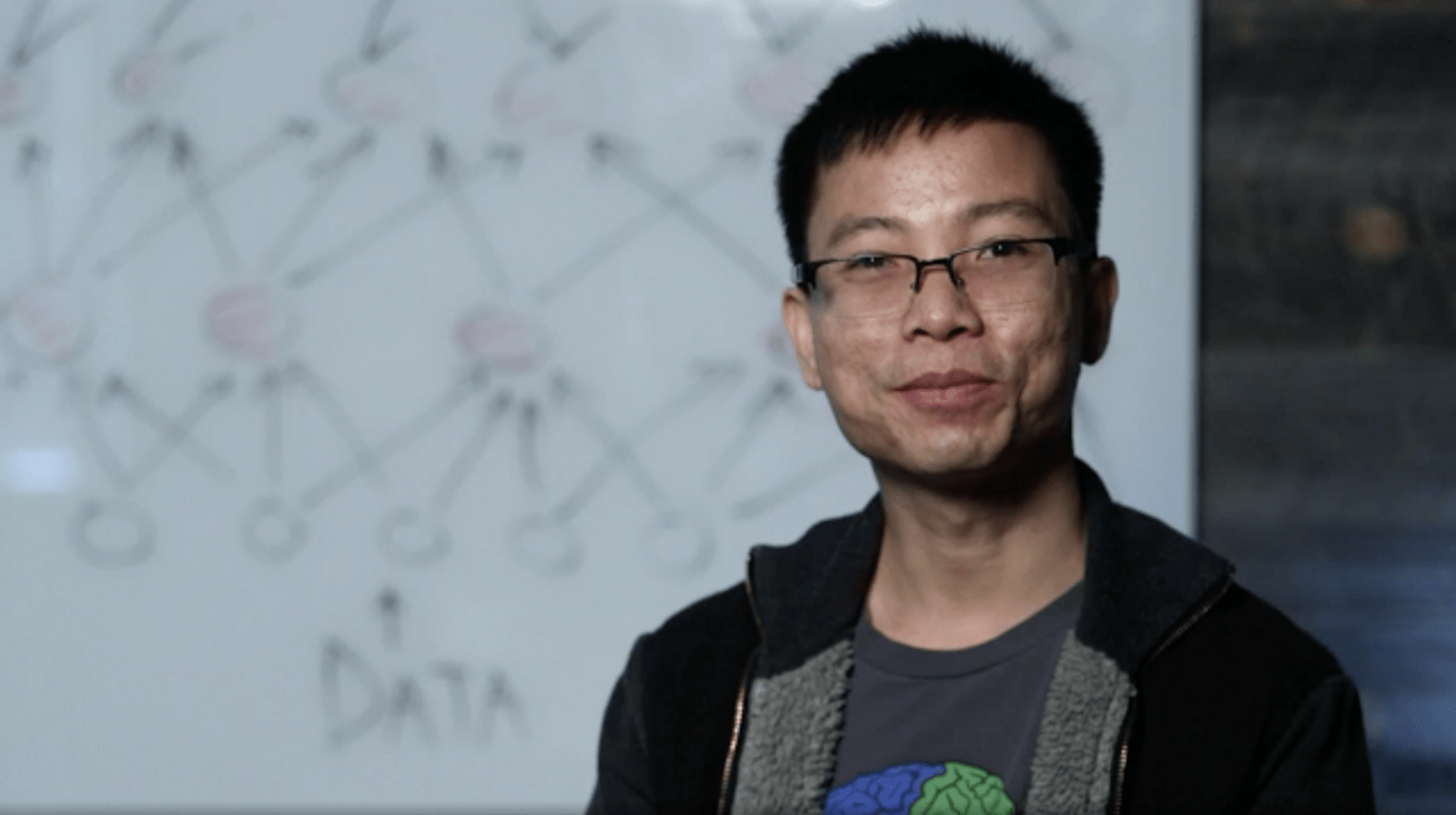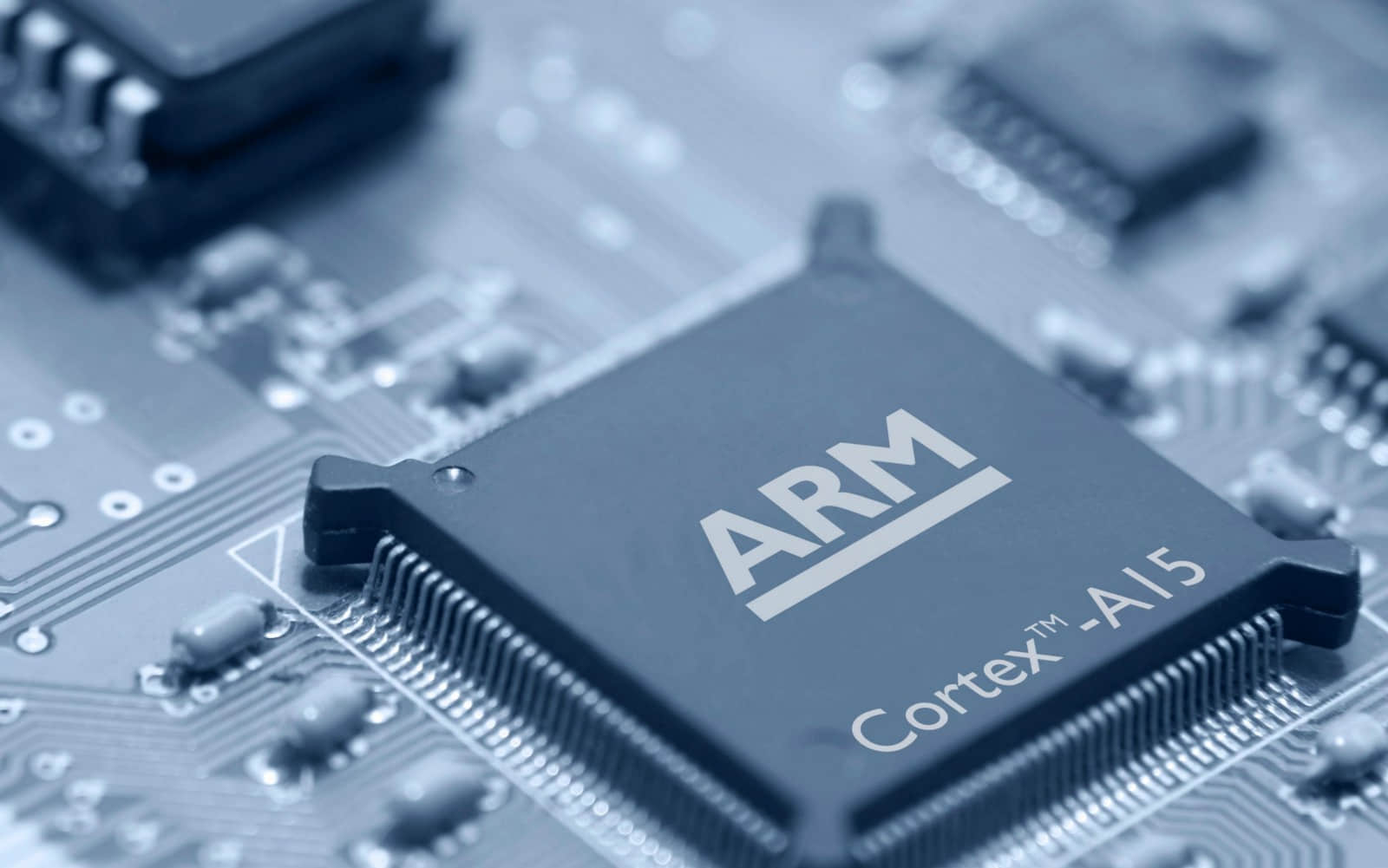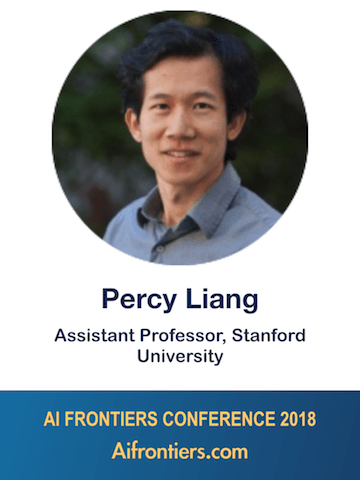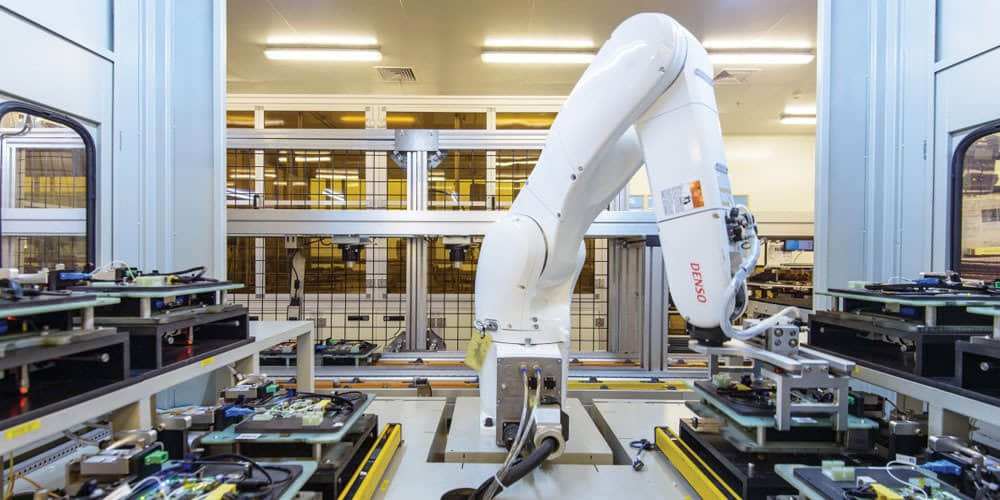-by Junling Hu
A few years ago I attended a talk by Foxconn’s CTO. When he mentioned that Foxconn was the third largest robot manufacturer at that time, I was surprised. “In fact,” he added, “we have already built a lights-out factory.” He showed a video clip: In a factory, mobile robots moved around, robotic arms worked on components, and conveying belts were rolling smoothly. There was not a single person there. I was deeply amazed. Fast forward to today, Foxconn owns 6 lights-out factories, and more than 50,000 robots in their facilities.
Why would manufacturers like Foxconn, who is well known for its large campus of workers (more than 1 million), quest for automation? There are many reasons for such move.






